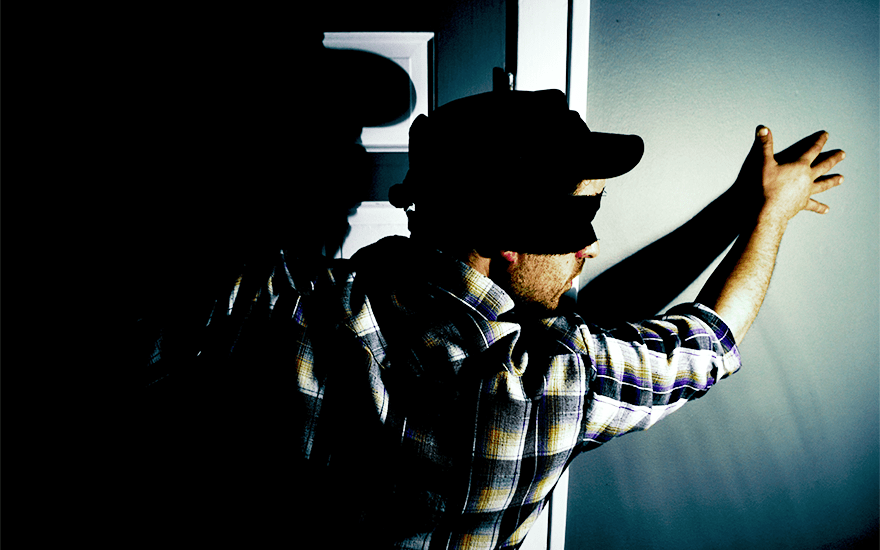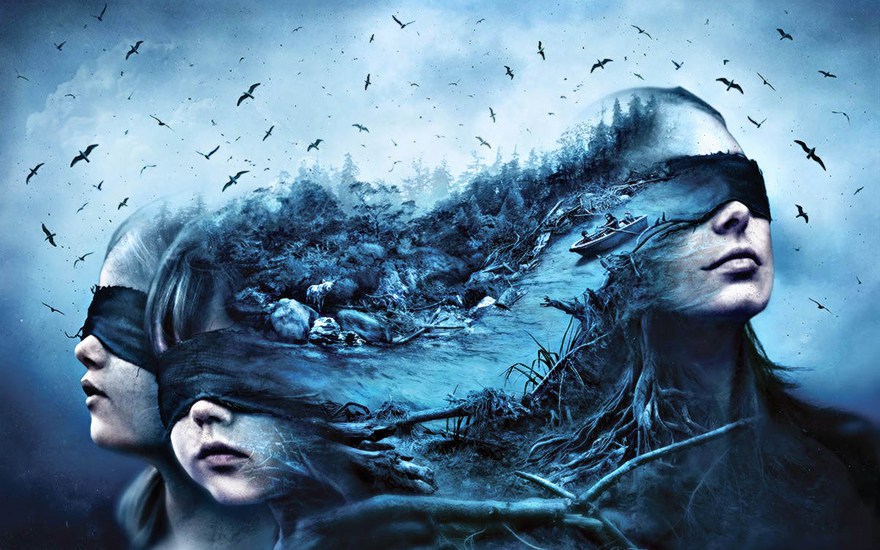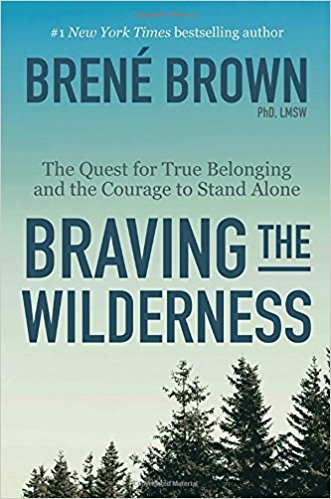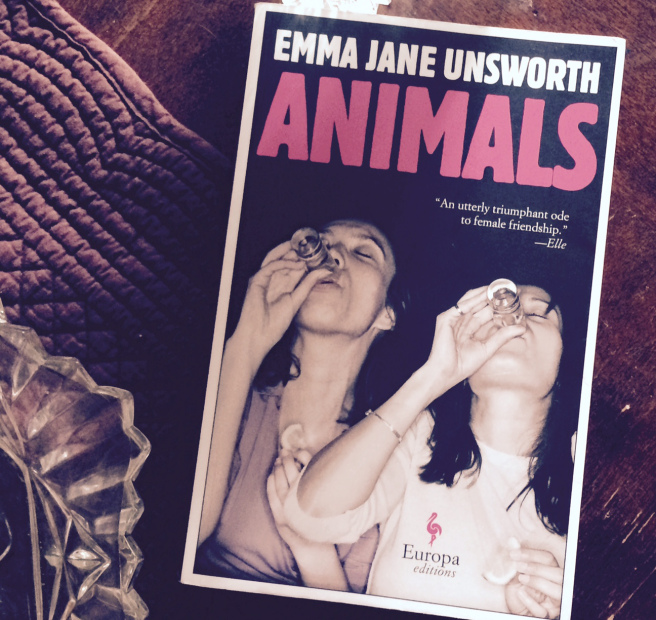Josh Malerman’s astounding post-apocalyptic novel Bird Box is finally being adapted for the big screen. With that comes a lot of fears for fans of the novel, due to the unique components of the book’s narrative, which don’t easily lend themselves to being adapted for film.
The post-apocalyptic sub genre is rife in today’s literary market, but rarely does a novel stand out as something so truly special that it stalks its way into the hearts of both genre fans and general readers alike.
One such book was Cormac McCarthy’s 2006 novel The Road, which, through sparseness and Cormac’s deeply affecting intelligence, created something legions above anything anyone had ever read within this sub genre. It’s worth noting that The Road was adapted for film, with success. This was due to faithfulness to the source material, among other reasons.
After The Road, nothing else truly broke the mould within this sub genre until 2014, when Josh Malerman released a little debut novel called Bird Box. Born of the idea that “a man might go mad if he attempted to contemplate infinity,” Malerman presents a world in which creatures stalk the Earth that are so outside the scope of human comprehension that people immediately go mad upon seeing them, before harming others around them.
The story follows a mother named Malorie, who lives behind closed drapes, locked up in a house with her two children, whom she teaches to use their hearing rather than their sight. Deciding to strive to reach a better place, Malorie takes her children by boat down a river, blindfolded the entire journey.
My co-author and I both love this novel dearly. Together we sat down to discuss what we feel has to be abided by and what we feel has to be avoided, in order to make this daring adaptation a success. All views presented are shared by both of us.
Please be aware that there are spoilers for the novel below and we recommend that you read the book before reading this article.
Be faithful to the source materialFor fans, often a film adaptation will live or die, in their eyes, on the basis of how faithful it was an adaptation of the novel that they hold close to their hearts. This is a justified stance to take; books are much loved for a reason, so changing content can ruin what was already a perfect narrative.
That being said, film is also a very different medium to literature, and different mediums often require different methods of storytelling. Earlier I mentioned the film adaptation of The Road (2009) and how faithful this was to the book. It retained the bleak, sparse components of the novel and treated Cormac McCarthy’s story with respect.
This is what I want from the film adaptation of Bird Box too. Malerman’s story is honed to perfection and Universal Pictures should think carefully before making any major plot changes. Much of this story’s power comes from the simplicity of following a family of three down a river (and flashbacks) and expanding upon this simplistic construct could have a destructive impact.
Equally, the book’s ending, which I won’t go into here, is quite basic and subtle. There is no great catastrophic event or problem-solving conclusion – only a modest answer to what lies down the river. Modifying this conclusion into something grander could be a tempting lure for any studio, but I urge Universal Pictures to see the merits of the less is more approach.
Eric Heisserer has written the screenplay for the film. Hopefully his script maintains as much faithfulness to the novel as possible.
Never show the creaturesOne of the more unsettling aspects of the novel is the notion that the creatures roaming the earth drive anyone who views them to instantly go insane, as the human mind is unable to comprehend them. A sighting is followed by madness, afterwhich the individual becomes an imminent danger to themselves and others, and doesn’t lives long enough to reveal what the creatures look like.
Therefore the characters within the story go to great lengths to avoid viewing them, keeping themselves blindfolded much of the time and relying on their other senses to navigate their surroundings, specifically when outdoors and when interacting with anyone unknown to them.
Given that the surviving characters never learn what the creatures haunting them look like, it would be a great disservice to the story to reveal them to the audience. Especially since viewing them is supposed to trigger madness. Furthermore, creating such a creature would prove to be challenging, especially given that Malerman himself doesn’t know what they look like any more than his characters do, which he stated in an interview with typographicalera.
Outright showing viewers monsters, or what have you, is a common theme in many current films in the genre, frequently done for shock value, and often takes away from the experience by revealing too much. The unknown, and the unseen in this specific case, is the core of humanity’s greatest fears. It’s one of the more prominent themes of the novel and should remain so for the film adaptation.
Equally as important is the lack of explanation regarding their presence of the creatures. The novel never explains where they come from, nor what their motivations are, if any. They are a complete absence of character that represent an idea, and to make known any more about them would demystify their presence. It would ultimately be a crucial error that would be devastating to the unique atmosphere of the story.
 Josh Malerman wearing a blindfold, like the characters within his novel.
Include stints of nothing but blackness
Josh Malerman wearing a blindfold, like the characters within his novel.
Include stints of nothing but blackness
This point comes straight from the mind of Malerman himself, rather than from anything that we have conceived, but we wholeheartedly agree with his view. In a This is Horror podcast, Malerman detailed what he would like to see in the film adaptation.
He explained that he would love to see periods of blackness in the film. He and the podcast hosts then hash out that idea together, pointing out that “we would know that the next image we see is not going to be a good one” and that it would be “crazy to be in a cinema with all these crazy sounds.”
Malerman told the story of how he pitched this idea to the producers and that he felt like his words “just fell on the carpet,” like he had “just flown to LA to ask them to show a blank screen.” “That’s the movie that had 20 minutes of darkness,” is what he imagines some viewers might say about the film, if the idea went ahead. “What a horror experience that would be,” he observes.
To his surprise, the producers replied that they had been talking about that kind of thing also. “So we’ll see if it goes in that direction,” Malerman leaves the listeners with.
Director Andres Muschietti was first to be given the reigns on the film, before dropping out. Since then, two more directors took on the mantle, before Muschietti came back on board once more. According to Malerman, Muschietti is interested in the idea of stints of blackness too.
The idea of the entire film being in black and white was proposed by one of the podcast hosts, which would certainly be a very interesting approach. Most of the book covers for Bird Box are in black and white, even when they are depicting characters. This is because black and white suits the story very well. In a world without sight, depriving the audience of colour somehow seems appropriate.
Emanate a fitting atmosphereOne of the most notable aspects of Bird Box is its distinctive atmosphere, which could be difficult to capture on the big screen. The novel focuses heavily on sensory experience, as well as sensory deprivation. In order for the film adaptation to be as captivating as the source material, the viewing experience will have to feel similar for the audience, who need to be truly engrossed in their world.
In addition to the aforementioned stints of blackness, the use of sound will be crucial. Equally as important will be the intermittent use of silence, since the characters rely almost exclusively on their hearing and listening skills. Additionally, music should be used minimally and effectively to emote feelings such as paranoia, confusion, desperation, and terror.
The pace of the film will also be vital and will need to ebb and flow in a manner that will aid in escalating the tension to almost unbearable degrees at critical points within the story.
Visually it should also have an extremely gritty look and feel, as the novel is very much a visceral experience. In order to be a successful adaptation, it’s imperative that the film emanates this in addition to the other elements that will make it an engaging experience for viewers.
Steer clear of the blockbuster approachOne of my biggest fears for the film is that it will be given the blockbuster treatment. By this, I mean that those helming the project might seek to make it a shallow, VFX-heavy shock-fest. Something that puts spectacle well before intellect and style.
This ties in with our previous concerns, such as showing the creatures when they shouldn’t be shown, or any other avenues that a profit-hungry studio might opt for. This would ruin the suspense and ingenuity of Malerman’s narrative, inflaming the rage of Malerman’s fans in the process.
Casting also falls into this. I would recommend that unknown, or lesser-known actors should be used. Often, Hollywood cast big names in order to lure in certain audiences. Brie Larson being cast as Captain America straight after she won an Oscar is one example of this.
Perhaps the middle ground is the best approach – choosing B-list actors rather than plucking from the A-list or pulling in complete unknowns. Films like Dawn of the Planet of the Apes (2014) trod this middle ground well, choosing actors like Jason Clarke and actresses like Keri Russell, who are known by some, but not by all.
We could provide our casting choices for all of the main roles in Bird Box, but we’ll leave that time-consuming notion alone for this article. For now, it would be enough to know that whoever plays Malorie (whether we know the actress’ name or not) has enough talent to pull off her complex, maternal role.
Equally, the roles of the two children will need to be carefully cast. Many films – from Mud (2012) to Logan (2017) – have managed to find brilliant child actors to elevate their stories, so I’m sure that, with a little searching and patience, this could be achieved here too. Notably, both of those aforementioned films used young actors that weren’t well known at the time of filming.
 Bird Box special edition wraparound dust jacket from Dark Regions Press featuring artwork by Vincent Chong.
Bird Box special edition wraparound dust jacket from Dark Regions Press featuring artwork by Vincent Chong.
Due to the complexities of the human imagination, every reader’s expectations are likely to vary somewhat, and therefore it’s incredibly challenging to capture the spirit of a book in physical form. While some adaptations can get away with making creative choices that can surprise and delight even the most devoted readers, others often fall short, losing the intricate nature of their source material that is so carefully and skillfully crafted by the authors.
Malerman’s Bird Box holds a multitude of components that make it truly unique, and meeting the expectations of its loyal fan base is sure to be a daunting task. However, if handled with the utmost care and respect for Malerman’s vision, the big screen adaptation has the potential to be truly extraordinary and memorable for fans of the novel as well as those experiencing the story for the first time.
Image credits: Harper Voyager, Ecco, Dark Regions Press
Advertisements Share this:





